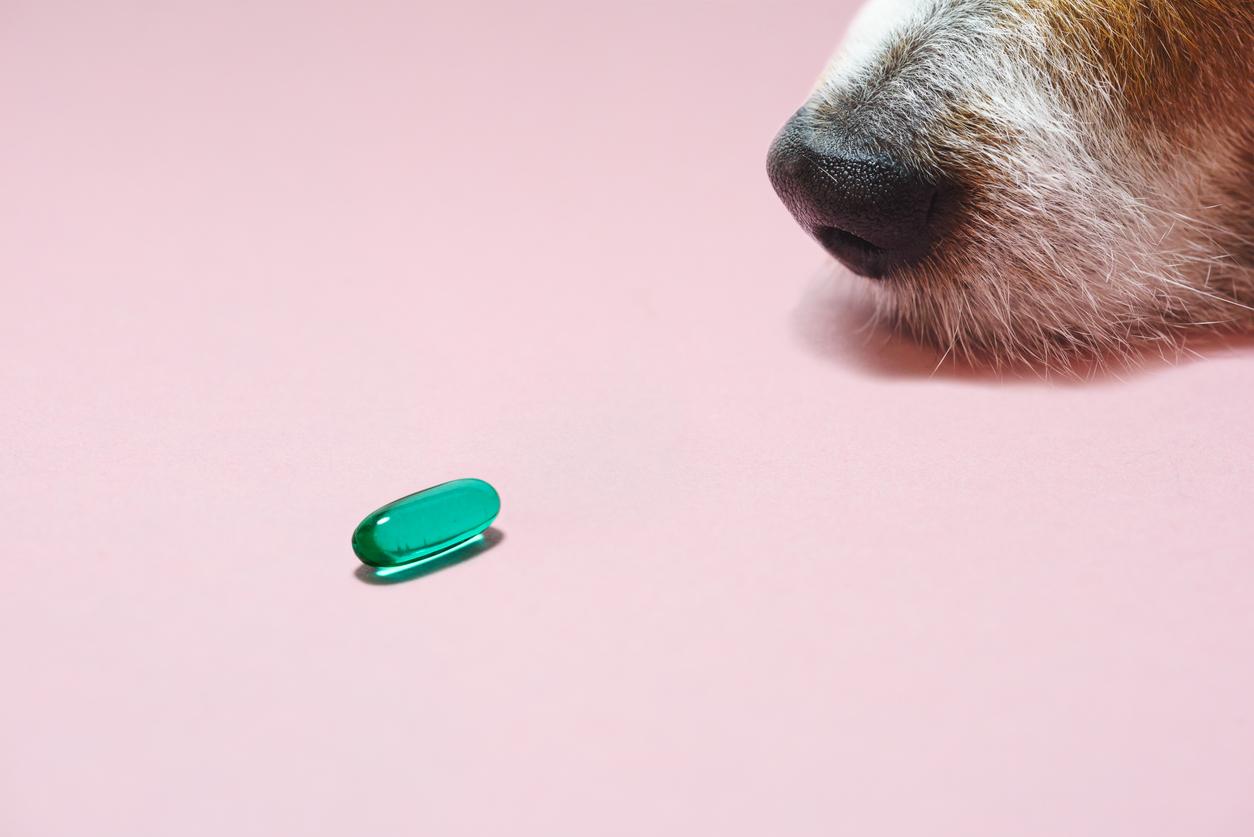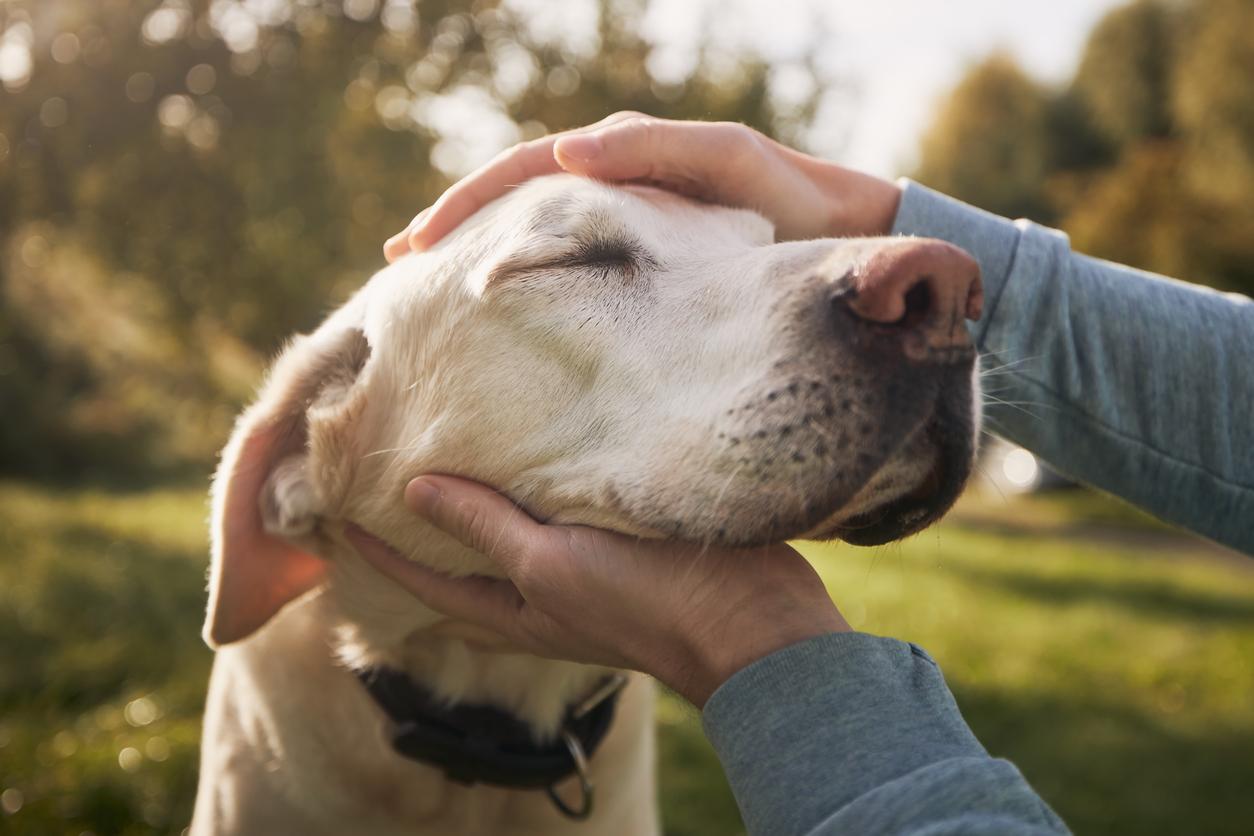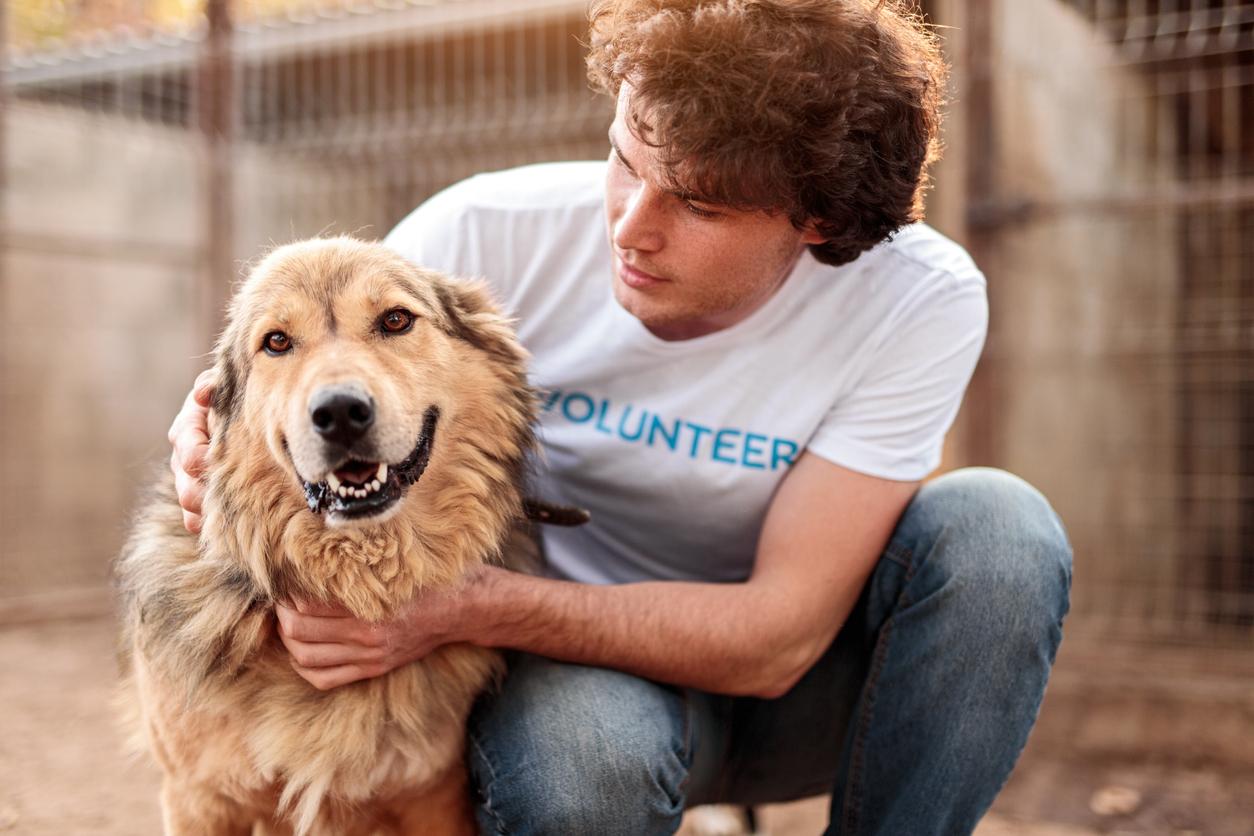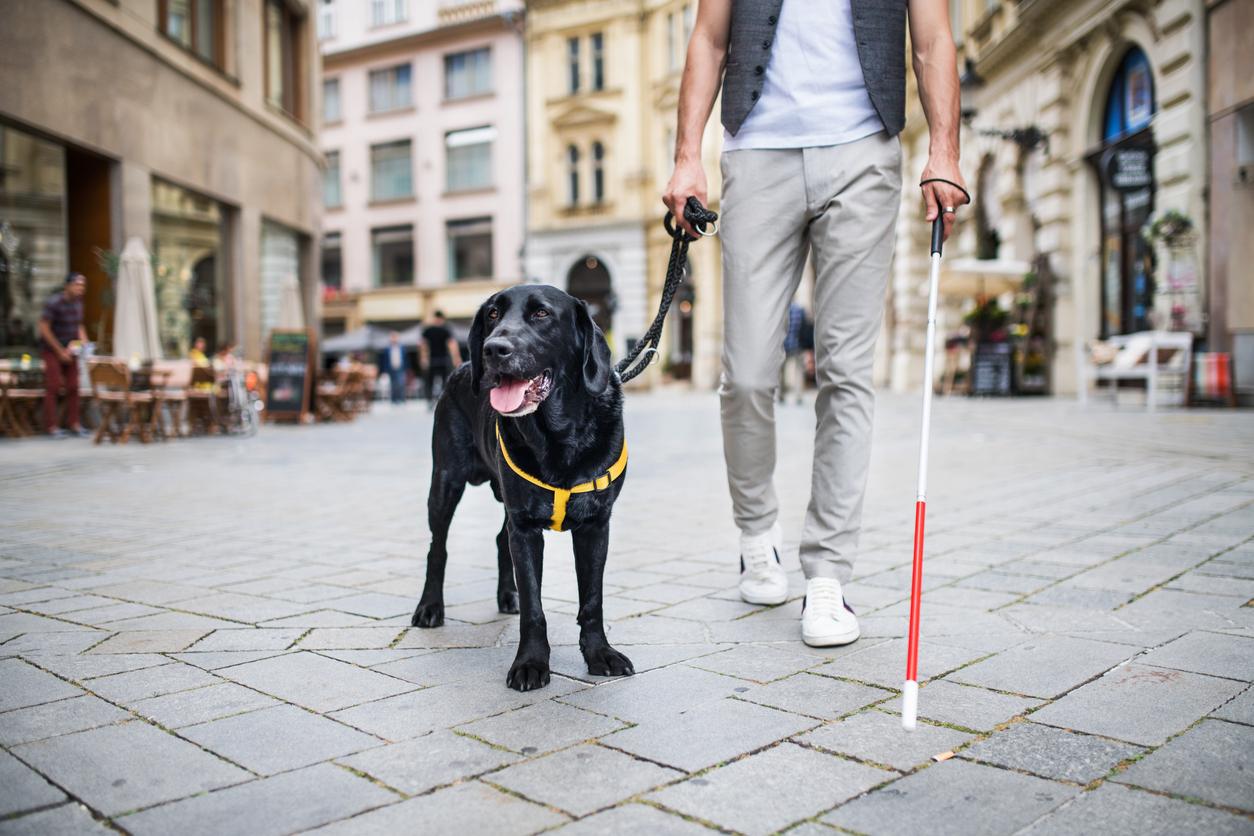A study by researchers at the University of Prague showed that the presence of a dog improves therapy in children with dysphasia. It is the “animal mediation” during speech therapy.

The “animal mediation”, or “cynotherapy”, would improve the therapy of the speech disorders of the child according to a study carried out by speech therapists.
This was carried out on 69 children aged 4 to 7 suffering from dysphasia, a communication disorder causing difficulties in expressing themselves both orally and in writing, as well as in perceiving and understanding.
The results of the study were published in the journal Anthrozoös.
A rare disease
In total, dysphasia affects 2% of children. The only possible therapy is intensive speech therapy. The researchers conducted their studies for ten months by following the children during therapy. They then tested two therapies: one with dogs and the other without. If in both cases they noted an improvement in the situation of the children, it was more significant in those who used a dog.
In the study, researchers at the University of Prague used Agata, a dog from Peru trained to obey the child’s orders. The latter then had to apply in their pronunciation so that the dog could sit, stand or lie down. Physical exercises involving crawling, going over the dog and touching it were also implemented.
Less stress, more active role
The study authors explain that the presence of a dog decreases stress in children during therapy, calms relationships with speech-language pathologists, and encourages children to take a more active role during therapy by including activities that involve participation. the dog.
In France, the Amiens psychiatric hospital has set up, since 2010, “cynotherapy”, that is to say the use of a dog as a mediator in the care of human disorders. This approach is not validated by the health authorities
.















